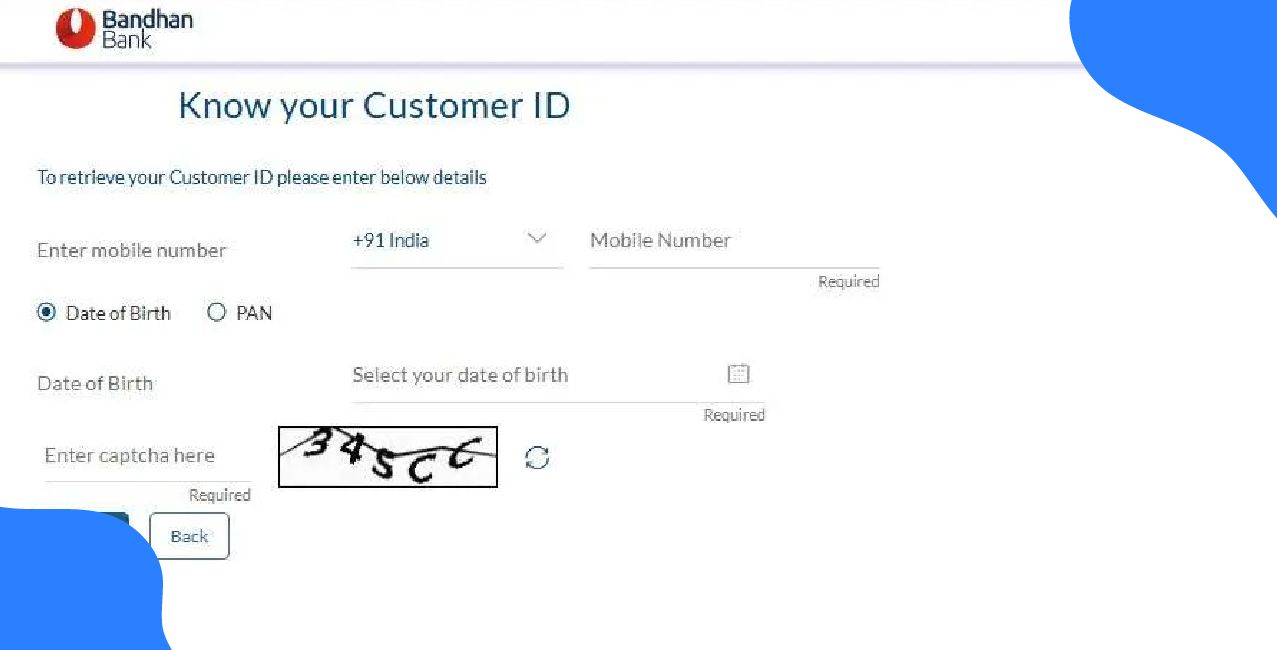
Author
LoansJagat Team
Read Time
4 Min
11 Jul 2025
What to Do If You’re Struggling to Save Money in 2025
Money slips through your fingers like water, and your bank balance stays stubbornly low. Rising prices make saving feel impossible, but simple changes transform your finances. Let's explore practical solutions in this blog.
1. Start with Small, Manageable Savings Challenges
The 52-week money challenge helps you save steadily increasing amounts: ₹100 in week one, ₹200 in week two, building to ₹5,200 in week 52, totalling ₹135,200 by year-end.
Small savings challenges make the process less overwhelming and more achievable. You build momentum by starting with tiny amounts that gradually increase over time. These challenges work because they create habits without causing financial strain.
Choose a challenge that matches your income level and stick to it consistently. The key lies in automation and making savings feel like a game rather than a burden.
Many people fail at saving because they set unrealistic targets. Small challenges address this by beginning with amounts you won't miss. As weeks progress, your confidence grows alongside your savings balance. Track your progress visually using charts or apps to maintain motivation.
2. Create a Realistic Budget Based on Current Inflation Rates
India's inflation rate decreased to 2.82% in May 2025 from 3.16% in April, affecting your purchasing power and savings capacity significantly.
Understanding inflation helps you create budgets that reflect real costs. With inflation at 2.82%, your money loses value over time, making immediate savings even more crucial. Factor this into your budget by allocating extra funds for essential categories that typically see price increases. Review and adjust your budget quarterly to account for changing prices.
Read More – What Happens If You Default On A Personal Loan
Start by tracking every expense for one month to understand your spending patterns. Categorise expenses into needs and wants, then identify areas where you can reduce spending. Allocate at least 20% of your income to savings, adjusting this percentage as your financial situation improves.
3. Eliminate High-Interest Debt Before Building Savings
Credit card debts in India charge up to 36-40% annually, making debt elimination more profitable than most savings accounts.
Paying off high-interest debt provides guaranteed returns that exceed most investment options. Credit card interest rates far surpass savings account returns, making debt repayment your first priority. Calculate the exact amount you are paying in interest monthly and redirect this towards debt elimination. Use the snowball or avalanche method to systematically clear multiple debts.
List all debts by interest rate and minimum payment amounts. Pay minimums on all debts while directing extra funds towards the highest-rate debt. Once cleared, move to the next highest rate. Consider balance transfers to lower-rate cards or personal loans if available at better terms.
4. Automate Your Savings to Remove Temptation
Allocating funds for savings first before other expenses increases success rates, with automated transfers showing 80% better compliance than manual savings.
Automation removes emotional decision-making from savings. Set up automatic transfers immediately after salary credit to treat savings like a non-negotiable expense. This "pay yourself first" approach ensures consistent savings regardless of monthly spending temptations.
Choose amounts that won't cause cash flow problems but still represent meaningful progress towards your goals.
Open separate savings accounts for different goals and automate transfers to each. Use recurring deposits or systematic investment plans for longer-term objectives. Start with smaller amounts and increase them as you adapt to the reduced spending power. Review automated amounts quarterly to adjust for salary changes or life circumstances.
5. Find Additional Income Sources to Boost Savings Capacity
India's GDP growth is projected between 6.7% and 7.3% in fiscal 2025-26, creating opportunities for additional income through economic expansion.
Economic growth creates opportunities for supplementary income through side businesses, freelancing, or skill development. Identify your marketable skills and explore ways to monetise them outside regular working hours.
Technology platforms make it easier than ever to offer services or sell products to broader audiences. Even small additional income streams significantly impact your savings capacity over time.
Also Read - How Conflict-Induced Defaults Haunt Businesses for Years
Consider online tutoring, content creation, consulting, or selling handmade products. Invest time in developing high-demand skills like digital marketing, coding, or languages. Track the time invested versus income generated to focus on the most profitable activities. Reinvest initial earnings to scale successful ventures.
Conclusion
Start small, automate your savings, clear debts first, and find extra income. These simple steps help you build wealth steadily in 2025 despite financial challenges.
FAQs
Q1: How much should I save each month if I earn ₹30,000?
Save at least ₹6,000 monthly, which is 20% of your income.
Q2: Should I save money or pay off credit card debt first?
Pay off credit card debt first because it charges very high interest rates.
Q3: What if I can only save ₹500 per month?
Start with ₹500 and increase it gradually as your income grows.
Q4: How do I stop spending money on unnecessary things?
Make a shopping list before buying anything and stick to it strictly.
About the Author

LoansJagat Team
‘Simplify Finance for Everyone.’ This is the common goal of our team, as we try to explain any topic with relatable examples. From personal to business finance, managing EMIs to becoming debt-free, we do extensive research on each and every parameter, so you don’t have to. Scroll up and have a look at what 15+ years of experience in the BFSI sector looks like.

Quick Apply Loan
Subscribe Now


